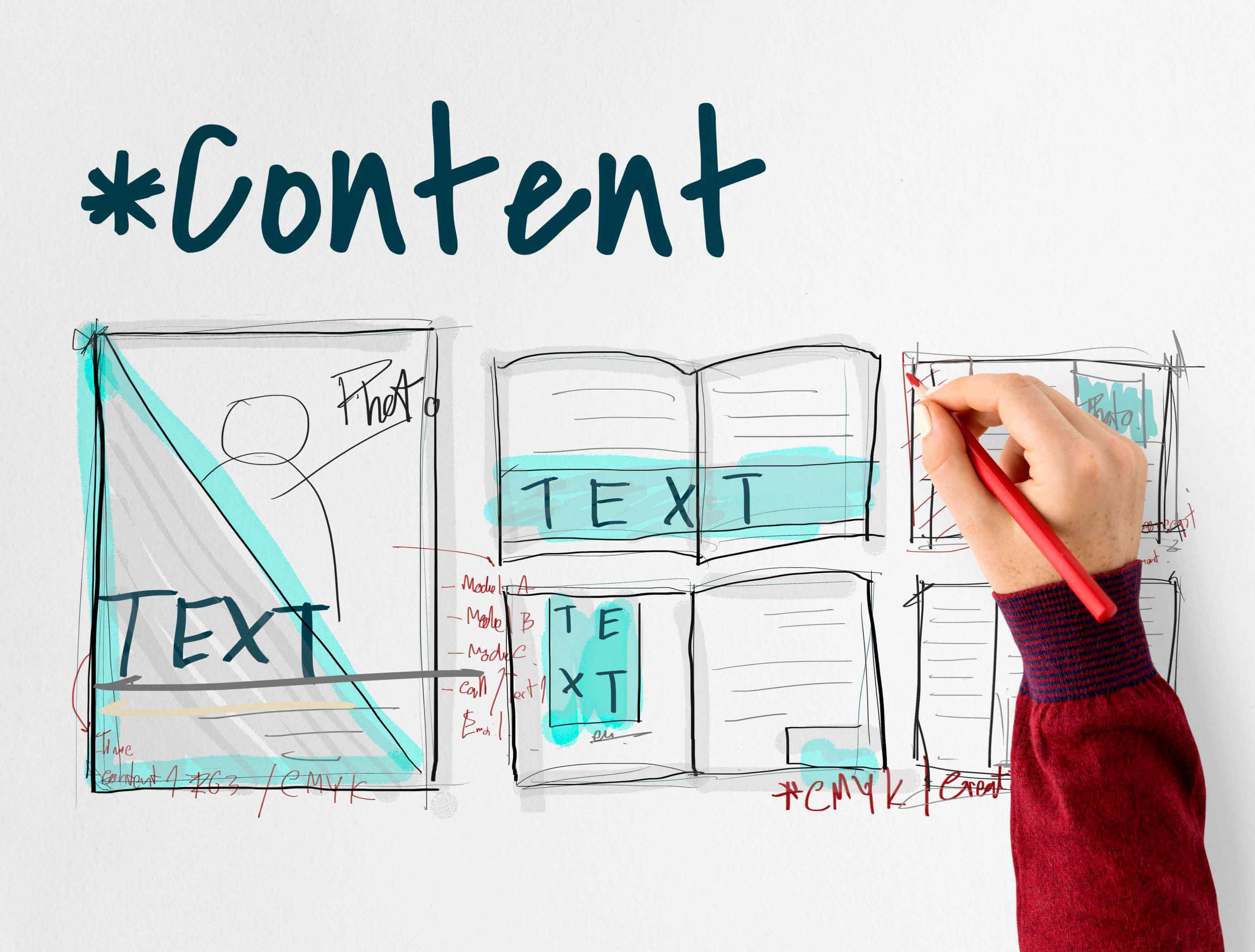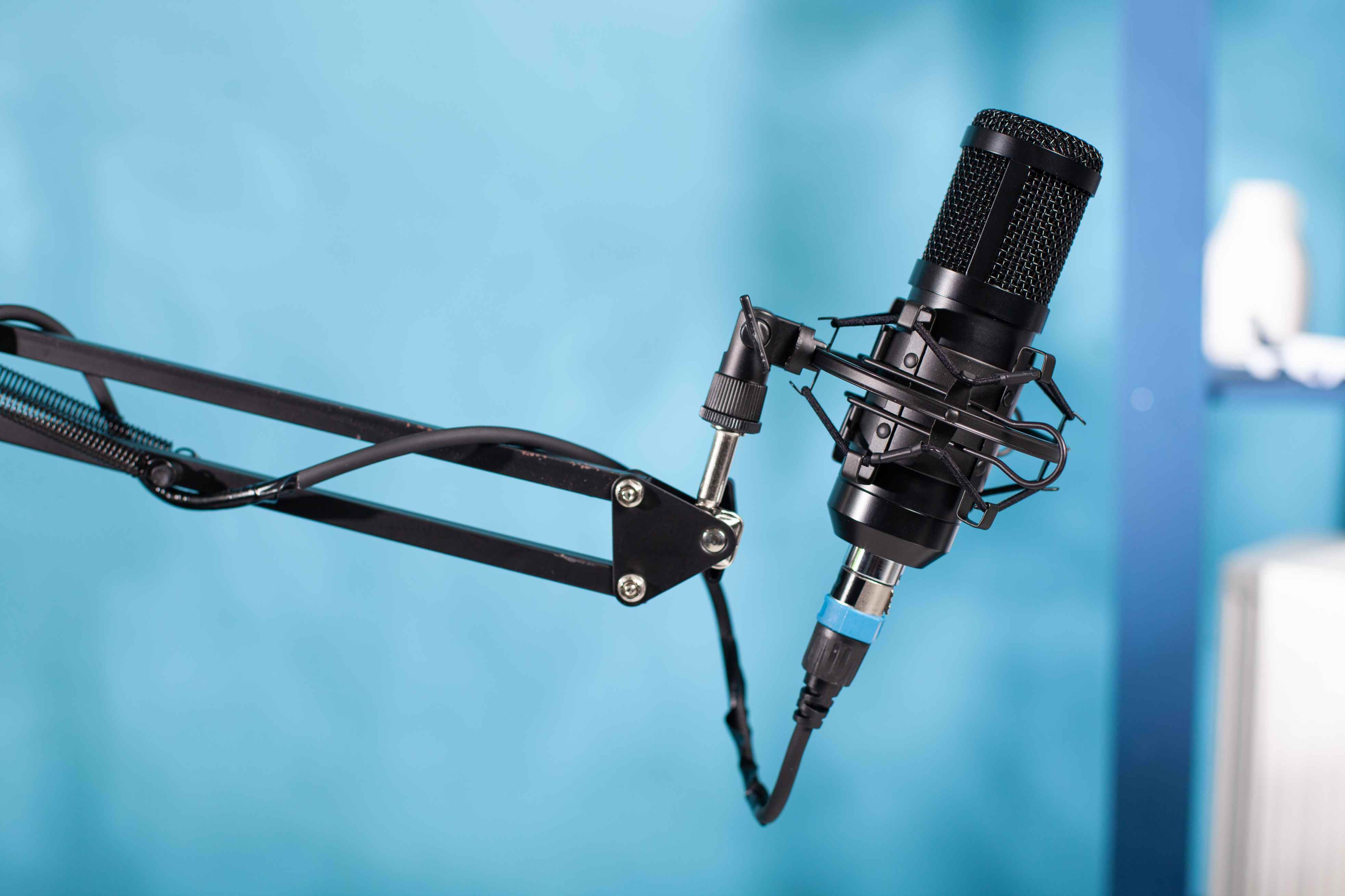Curious how an augmented reality app for plants can revolutionize your gardening? These apps let you visualize plant placements, identify species, and receive real-time care tips. Discover the best AR apps to enhance your green space.
Key Takeaways
-
Augmented reality (AR) significantly enhances gardening by allowing users to visualize plant arrangements and interact with digital content in real-time, improving decision-making and user engagement.
-
Key features of AR gardening apps include plant identification, virtual plant placement, and real-time gardening tips, which facilitate better planning and maintenance of gardens.
-
The future of AR gardening apps will focus on advanced AI integration, smart garden technologies, and community features to provide personalized gardening solutions and foster user collaboration.
Understanding Augmented Reality in Gardening
Augmented reality (AR) is revolutionizing the way we engage with our gardens. AR overlays digital information onto the real world, enabling gardeners to visualize landscapes and plant arrangements with greater realism. This technology enhances user engagement, making gardening more interactive and enjoyable by offering a more immersive experience.
Whether planning a garden overhaul or adding a new plant, AR can enhance your decision-making process and overall satisfaction with your green space.
The Basics of AR Technology
At its core, augmented reality (AR) technology superimposes digital content onto the physical environment, enhancing the way we perceive and interact with the world around us. This overlay can include anything from simple text and images to complex 3D models and animations.
Gardeners can see virtual plants in their garden spaces via an AR app, enabling real-time interaction and manipulation of digital objects within the physical world. This seamless blend of reality and digital enhancement provides a richer, more informed gardening experience.
Benefits of AR for Gardeners
The integration of AR in gardening offers numerous benefits, making it a valuable tool for both novice and experienced gardeners. One of the primary advantages is improved visualization. AR allows gardeners to visualize different plants in their garden before making physical changes, facilitating better planning and design. This can be particularly useful when trying to decide on plant placements and combinations, ensuring a harmonious and aesthetically pleasing garden layout.
Additionally, AR technology offers real-time data and insights, enhancing the decision-making process. For example, AR apps can provide detailed plant care information—such as watering schedules, sunlight requirements, and pest control tips—directly overlayed onto the plant in your garden. This immediate access to information enables more informed care for plants, ultimately leading to healthier and more vibrant gardens.
List of Augmented Reality App for Plants
With the rise of AR technology, several apps have emerged to help gardeners make the most of their green spaces. Here are some of the best augmented reality apps for plants:
-
PlantSnap: This app allows users to identify plants, flowers, and trees by simply taking a photo. It provides detailed information on each plant, making it a valuable tool for both novice and expert gardeners.
-
Garden AR: Aimed at garden design, this app lets users visualize how different plants will look in their garden. It offers a wide range of plant options and allows for easy customization and placement.
-
Flora Incognita: This app focuses on plant identification and provides extensive information on plant species, including their scientific and common names. It’s a great resource for learning more about the plants in your garden.
These apps offer various features, from plant identification to garden design, catering to different gardening needs and preferences. They are available on both Android and iOS platforms, making them accessible to most smartphone users.
Key Features of an AR App for Plants
What makes an AR gardening app stand out? The key features include plant identification, virtual plant placement, and real-time gardening tips. These functionalities not only enhance user engagement but also provide practical benefits for garden planning and maintenance.
Let’s delve into each of these features to understand their importance and utility.
Plant Identification
One of the most valuable features of an AR gardening app is plant identification. These apps utilize augmented reality to help users identify plants, flowers, trees, and even grasses by pointing their device at the plant in question. They provide both common and scientific names, detailed information on the species, and care tips.
This is particularly useful for gardeners who are interested in expanding their knowledge and ensuring they provide the best care for their plants.
Virtual Plant Placement
Virtual plant placement allows users to see how plants will look in their actual garden space before planting them. Utilizing raycasting technology, these apps enable accurate placement and interaction with virtual plants in a real-world setting.
Users can choose from a variety of plants, including shrubs, grass, and trees, and even estimate their future growth, ensuring the selected plants will fit well in the garden collection over time.
Real-Time Gardening Tips
Real-time gardening tips are a game-changer for maintaining a healthy garden. AR apps can analyze plant conditions and provide immediate suggestions for care and maintenance.
For instance, the Plant-It app provides real-time insights directly within the garden plot, enabling gardeners to address issues promptly without referring to traditional manuals. This interactivity makes gardening more intuitive and accessible.
Developing an AR Gardening App
Creating an AR gardening app involves several critical steps, from platform selection and AR technology integration to designing a user-friendly interface. A well-thought-out product roadmap and detailed project objectives are essential for guiding the development process, ensuring the final app meets both user and business goals.
Here are the steps in more detail.
Choosing the Right Platform
Selecting the appropriate platform is crucial for the success of an AR app. The two main platforms, iOS and Android, each offer distinct features and capabilities. Utilizing AR frameworks like ARKit for iOS and ARCore for Android enables developers to create immersive and interactive AR experiences that leverage the specific capabilities of each platform.
This decision impacts the app’s functionality and user reach, making it a vital consideration during the development process.
Integrating AR Technology
Effective integration of AR technology is essential for creating a seamless AR experience. Raycasting technology, for instance, is crucial for accurately placing virtual plants in the user’s environment. Additionally, improving database accuracy and expanding image recognition capabilities are key for enhancing plant identification features.
Leveraging these technologies allows developers to create more precise and interactive AR gardening apps.
User Experience Design
Designing a user-friendly interface is paramount in AR app development. The user interface should focus on creating engaging AR overlays that provide clear and intuitive access to plant information. User flow diagrams and typical user personas can help identify key user pathways and address their needs and pain points.
An easily understandable and accessible AR icon can significantly enhance the overall user experience.
Case Study: Successful AR Gardening Apps
Looking at successful AR gardening apps can provide valuable insights into what works and why. These case studies highlight how different apps have utilized AR technology to enhance gardening experiences and overcome common challenges.
Here are three notable examples: Evergreen, FloraScapes, and Plant-It.
Evergreen AR Gardening App
The Evergreen AR Gardening App is known for its intuitive user interface and engaging user experience. It allows users to view a catalog of plants and place them within their garden using AR. The app’s design incorporates research, interaction, and visual elements to create a natural, connected, and peaceful gardening experience.
User feedback during usability testing helped refine the app, ensuring it effectively meets the needs of gardeners.
FloraScapes: An AR Plant Decor App
FloraScapes leverages ARKit and Unity to provide a seamless and realistic AR experience for decorating spaces with virtual plants. The app’s interface, designed using SwiftUI, features a user-friendly ScrollView for easy plant selection. Techniques like Box Colliders and Lean Touch enhance realism and interactivity, allowing users to rotate and scale virtual plants with ease.
FloraScapes demonstrates how AR can transform interior and garden decoration into a more interactive and enjoyable process.
Plant-It AR Gardening App
Plant-It is an AR gardening app that offers comprehensive functionalities, including plant identification, garden design, and real-time gardening tips. The app helps gardeners track plant health, check vegetable ripeness, and identify weeds and pests.
By integrating AR technology, Plant-It provides users with personalized gardening advice and a daily record of their garden’s progress, enhancing their overall gardening experience.
Challenges and Solutions in AR Gardening App Development
Developing AR gardening apps presents several challenges, from ensuring accurate plant identification to creating realistic AR interactions and protecting user data. Addressing these challenges is crucial for enhancing the quality and functionality of AR gardening applications.
Let’s explore some common challenges and their solutions.
Accuracy in Plant Identification
Accurate plant identification is a significant challenge for AR gardening apps. Inaccurate database information and low-quality images can lead to misidentifications.
To improve accuracy, apps should focus on enhancing their databases and using high-quality images to provide more precise identifications at both the genus and species levels.
Ensuring Realism in AR Interactions
Achieving realistic AR interactions requires advanced modeling techniques and physics simulations to mimic real-world behavior. Implementing sophisticated physics engines can significantly enhance the realism of AR plant interactions, making the experience more immersive and believable for users.
User Privacy and Data Handling
Protecting user data is critical in AR gardening apps, given the sensitive information they collect. Implementing robust encryption methods and regularly updating security protocols are essential for safeguarding user data.
Providing transparency about data usage can also build user trust and ensure compliance with privacy regulations.
Future Trends in AR Gardening Apps
The future of AR gardening apps looks promising, with advancements in AI integration, smart garden technologies, and social features set to enhance user experiences. These trends will likely provide more personalized and efficient gardening solutions, making AR an indispensable tool for gardeners.
Enhanced AI Integration
Future AR gardening apps are expected to leverage advanced AI to offer personalized plant care advice and gardening suggestions. Machine learning algorithms will analyze user habits and local conditions to provide tailored strategies, enhancing the overall gardening experience.
This will result in more intuitive and user-friendly AR apps.
Expansion to Smart Gardens
The integration of AR apps with smart garden technologies will enable automated plant care and monitoring. By linking with IoT devices, AR apps can facilitate seamless management of garden ecosystems, providing real-time data and insights for optimal plant growth.
This expansion will make gardening more efficient and less time-consuming.
Community and Social Features
Future AR gardening apps will likely incorporate social features to foster community interaction and knowledge sharing. These functionalities may include platforms for sharing plant care tips, showcasing gardening progress, and building community connections.
By integrating social elements, AR apps can create a more engaging and collaborative gardening experience.
Summary
As we have explored, augmented reality is transforming the gardening experience, offering tools that enhance visualization, decision-making, and interaction with our green spaces. From plant identification to real-time gardening tips, AR apps provide valuable resources for both novice and experienced gardeners. As the technology continues to evolve, the future of AR gardening apps looks bright, with advancements in AI, smart garden integration, and social features promising even more innovative solutions. Embrace the future of gardening with AR and cultivate a more interactive and immersive green space.
Frequently Asked Questions
What are the key features of an AR gardening app?*
The key features of an AR gardening app include plant identification, virtual plant placement, and real-time gardening tips, which collectively enhance user engagement and aid in effective garden planning and maintenance.
How does augmented reality help in gardening?
Augmented reality significantly enhances gardening by enabling users to visualize plant arrangements and access real-time data for better plant care. This technology also provides interactive tools that facilitate garden design and maintenance, ultimately leading to improved gardening outcomes.
What are some popular AR apps for plants?
Popular AR apps for plants include PlantSnap, Garden AR, and Flora Incognita, which provide functionalities such as plant identification and garden design visualization. These tools enhance your gardening experience significantly.
What challenges do developers face when creating AR gardening apps?
Developers encounter challenges including accurate plant identification, realistic AR interactions, and user data protection. Overcoming these obstacles is essential for the success of AR gardening applications.
What future trends can we expect in AR gardening apps?
You can expect future AR gardening apps to feature enhanced AI for personalized advice, integration with smart gardening systems for automated care, and community-focused tools for knowledge sharing. These advancements will significantly enhance user experience and engagement in gardening.















